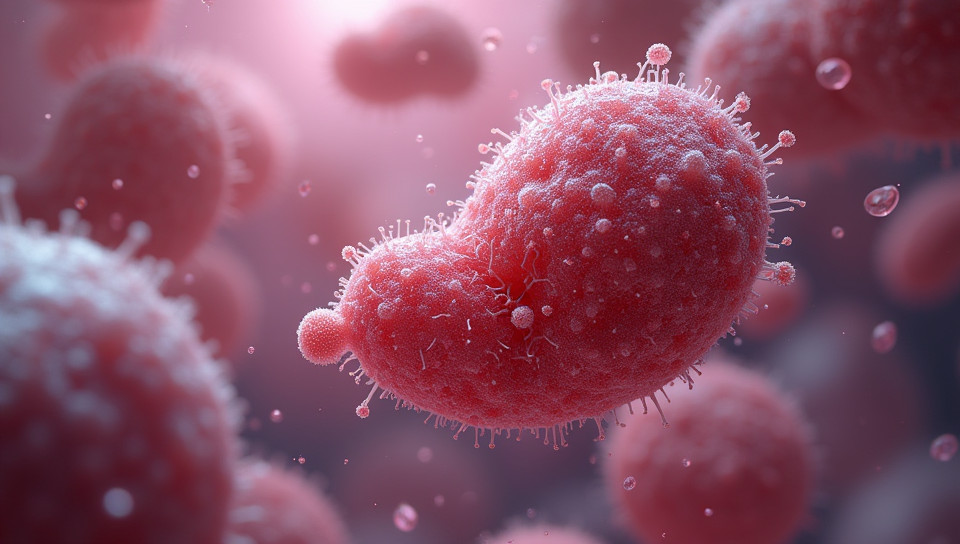Bioengineered tissues and organs are used in transplantation 73%

The Future of Organ Transplantation: How Bioengineered Tissues and Organs are Revolutionizing Medicine
For decades, organ transplantation has been a lifesaving solution for patients in need of a new heart, liver, or kidney. However, the scarcity of available organs has led to a significant shortage, resulting in thousands of deaths each year. This is where bioengineered tissues and organs come into play – a groundbreaking technology that is revolutionizing the field of transplantation.
What are Bioengineered Tissues and Organs?
Bioengineered tissues and organs are created using living cells, biomaterials, and advanced technologies to mimic the structure and function of native tissues. These engineered products can be used for various purposes, including tissue repair, organ replacement, and medical research.
The Benefits of Bioengineered Tissues and Organs
- Improved compatibility: Bioengineered tissues and organs are designed to match the recipient's body more precisely, reducing the risk of rejection.
- Increased availability: With bioengineering, the demand for human donor organs can be met without relying on scarce human donors.
- Enhanced functionality: Engineered products can be tailored to perform specific functions or address unique patient needs.
Current Applications and Future Directions
Bioengineered tissues and organs are being used in various clinical settings, including:
- Tissue repair and regeneration
- Organ replacement and transplantation
- Medical research and testing
- Surgical training and education
As the field continues to evolve, we can expect to see advancements in areas such as: • 3D printing: Enabling the creation of complex tissue structures with high precision. • Stem cell therapy: Allowing for the repair or replacement of damaged tissues using patient-derived stem cells.
The Future of Organ Transplantation
The use of bioengineered tissues and organs has the potential to transform the field of transplantation, providing a more reliable, efficient, and effective solution for patients in need. As technology advances and clinical trials continue to yield promising results, we can expect to see widespread adoption of this innovative approach.
In conclusion, bioengineered tissues and organs are revolutionizing the field of transplantation by offering improved compatibility, increased availability, and enhanced functionality. With ongoing research and development, we can look forward to a future where organ transplantation is safer, more effective, and accessible to all those in need.
- Created by: Sofia Mendoza
- Created at: Feb. 4, 2025, 4:18 p.m.
- ID: 20068